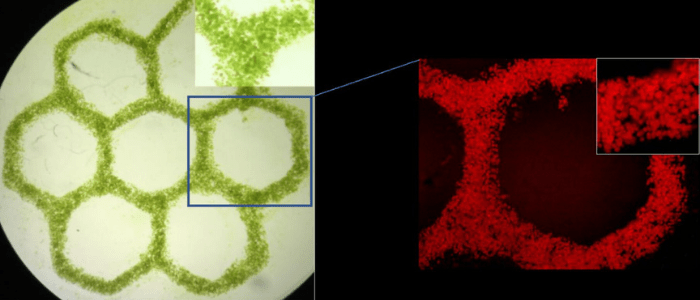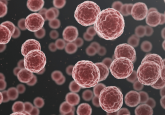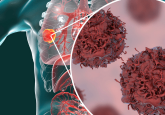3D bioprinted algae provides oxygen to bioengineered tissues

A team of researchers from Harvard University (MA, USA) has used bioprinted algae to sustainably provide oxygen to engineered tissue.
The technique, described in Matter, included embedding the bioprinted photosynthetic algae, along with human liver-derived cells, in a 3D hydrogel matrix. The team claims success with this eco-friendly method could lead to applications in disease modeling, drug development, regenerative and personalized medicine.
“The study is the first true example of symbiotic tissue engineering combining plant cells and human cells in a physiologically meaningful way, using 3D bioprinting,” explained senior study author Yu Shrike Zhang, Bioengineer at Harvard Medical School and Brigham and Women’s Hospital (MA, USA).
“Our study provides a unique example of how we can harness the symbiotic strategy, very often seen in nature, to promote our ability to engineer functional human tissues,” Zhang continued.
Read the full story on our partner website, RegMedNet
You may also be interested in:
- 3D-printed fluid system supports the growth and development of artificial organs
- Oxygen-generating bioink enhances cell growth and regeneration
- Novel bioprinting platform supports bone regeneration
Sources: Maharjan S, Alva J, Cámara C et al. Bionic photosynthetic oxygenation within 3D-bioprinted vascularized tissues. Matter. 4: 1–24 (2020); www.eurekalert.org/pub_releases/2020-11/cp-abl111120.php
Feature image: This image shows a bioprinted lobule like-pattern containing the algae, where densely encapsulated cells are visible. The left is an optical micrograph, while the right shows an autofluorescence micrograph. Credit: The Zhang Lab – Laboratory of Engineering





